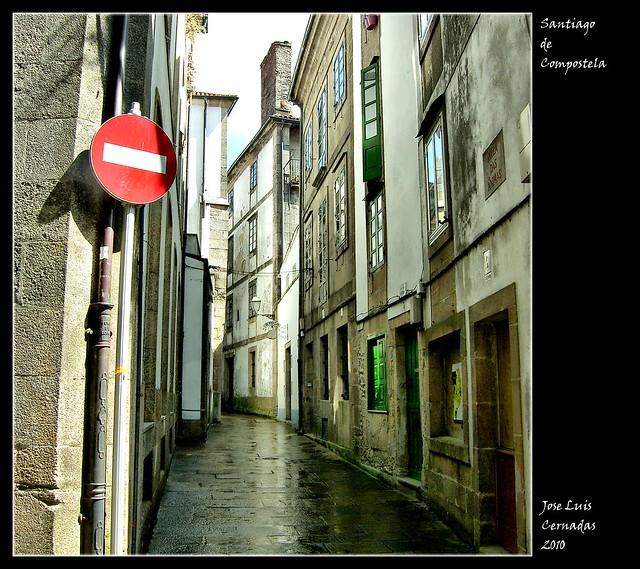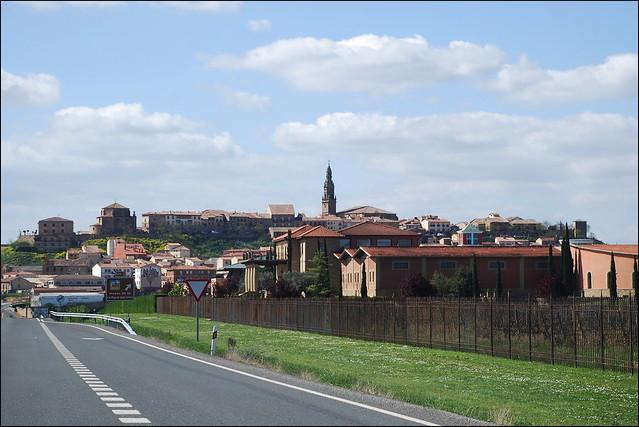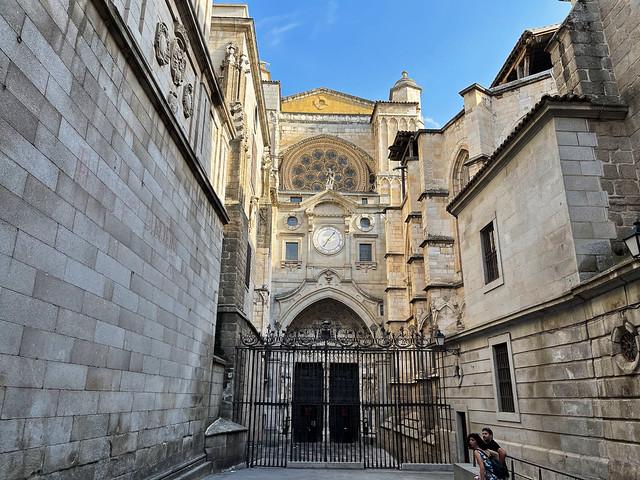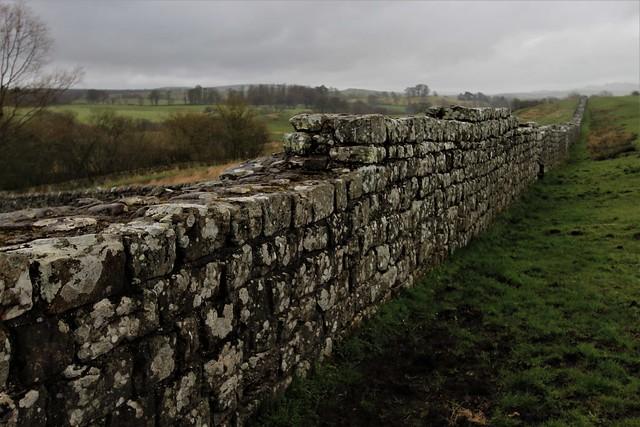Provincia de Ávila
Overview
Historical Significance
Provincia de Ávila, often simply referred to as Ávila, is a city steeped in history, known for its remarkably preserved medieval walls that encircle the old town. These walls, constructed in the 11th century, are among the best-preserved in Europe and have earned the city a designation as a UNESCO World Heritage Site. As you stroll along the ramparts, you'll gain insight into the strategic importance of Ávila during the Reconquista, the period when Christian kingdoms sought to reclaim territory from Muslim rule. The walls stretch for over 2.5 kilometers and feature 88 towers, making it a breathtaking sight that transports visitors back in time.
Culture and Atmosphere
The atmosphere in Ávila is a charming blend of historical depth and vibrant local life. The city is renowned for its rich cultural heritage, especially in relation to the Spanish mystic Saint Teresa of Ávila, who founded the Carmelite order in the 16th century. Her legacy permeates the city, with several convents and churches dedicated to her memory, including the beautiful Monasterio de Santa Teresa. The local culture is also reflected in its culinary traditions; don’t miss trying the famous chuletón de Ávila, a thick, juicy steak sourced from the region’s grass-fed cattle, accompanied by a glass of local wine.
Architectural Wonders
As you explore Ávila, you will encounter an impressive array of architectural styles, from Romanesque to Gothic. The Catedral de Ávila stands out as a remarkable example of Gothic architecture with its unique design that incorporates elements of the defensive walls. The cathedral’s fortress-like appearance is a testament to the city’s historical need for defense. Nearby, the Plaza del Mercado Grande serves as a lively gathering spot, where you can soak in the local atmosphere while enjoying the stunning views of the surrounding architecture, including the magnificent Iglesia de San Pedro.
Local Characteristics
The charm of Ávila lies not only in its monuments but also in its inviting streets and warm, friendly locals. The city is characterized by its vibrant plazas, bustling markets, and a laid-back pace that encourages travelers to linger. The Mercado de Abastos is a must-visit for those looking to experience local life; here, you can find fresh produce, artisanal products, and traditional treats. The city's commitment to preserving its traditions can also be seen in its annual celebrations, such as the Fiestas de San Segundo, which honor the city’s patron saint with processions, music, and plenty of local delicacies.
Natural Surroundings
Surrounded by the stunning backdrop of the Sierra de Villafranca mountains, Ávila offers ample opportunities for outdoor enthusiasts. The nearby Parque Natural de las Arribes del Duero is a short drive away and is perfect for hiking, bird watching, and exploring the region’s breathtaking landscapes. The natural beauty complements the historical allure, making Ávila not just a destination for history buffs but also for those seeking adventure in the great outdoors.
Conclusion
Traveling to Ávila allows visitors to step into a living history book, where each corner tells a story of its past. With its impressive walls, rich cultural traditions, and vibrant local life, this city is a hidden gem that showcases the best of Spain's heritage. Whether you are wandering the ancient streets, savoring the local cuisine, or simply enjoying the stunning views, Ávila promises an unforgettable experience that resonates with the heart of Spain.
Other towns or cities you may like in Spain
Explore other cities that share similar charm and attractions.






